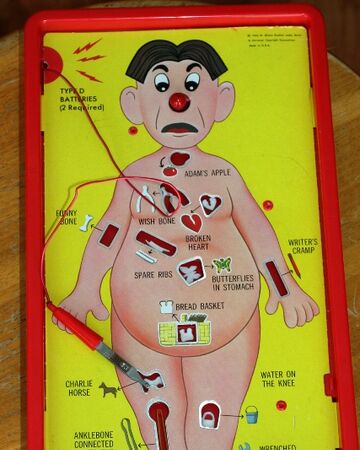Thread revival.
Replaced the white "plug" for brake pedal some time ago. 2005 with 52K miles now. It previously spent 7 years in S Florida....
Driving today, at first stop noted two small white "pebbles" on my NSX carpet driver's footwell under pedals. Second stop I reached down to grab them and toss them out. Umm, no. Not pebbles. Sh*t not this crap againGot her home and parked, with additional fragments having dropped. Don't yet know which of the two clutch pedal "plugs" ("stoppers", whatever) is deteriorating, but I know from NSXPrime it's gonna be a bee-yotch whichever. Anyone have any new advice and/or method(s)?
I have a photo of the fragments on the carpet if anyone wants to view it. Just need to host it elsewhere and link it up. As previously mentioned, I have extras. And so should you.
Mere days before it was to be placed into winter hibernation.
So, I guess this kills everybody's fantasy that the white stoppers might be immune to failure?
Noooooo. Not the white pedal stoppers, too. :frown:
Only advice is to find someone small and nimble to get in there, lol.
The rest is just a lot of random effort, prayer, and luck.
The tiny hole and some sort of wire/fishing line definitely seems to be a helpful trick to save on a lot of effort and trial/error.





